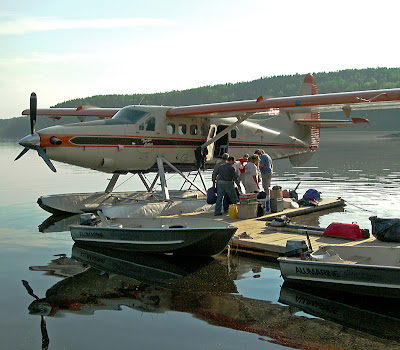“Ultimate Bush Aircraft,” “Yellow Bird,” “Big Beaver,” “King Beaver,” “One Ton Truck of the North.” The many names and phrases used to refer to the De Havilland DHC-3 Otter are a testament to its utility, versatility, and popularity with passengers and pilots around the world.
The DHC-3, designed by De Havilland Canada in 1951 and then certified in 1952, was first intended to be the big brother to the already then popular and now iconic De Havilland DHC-2 Beaver. Though originally called the “King Beaver” by De Havilland, the plane eventually christened “The Otter” was longer, heavier, and more powerful than the Beaver, accommodating 10 or 11 passengers, as opposed to the Beaver’s four or five. A single engine, prop driven plane, the Otter can be outfitted with floats, skis, and retractable wheels to make it truly amphibious.
In its infancy, the Otter was used extensively for mapping the North and South Americas by the U.S. Army, originally the biggest purchaser of the 460 planes that were produced. Army Otters were also used extensively in the late 50’s and early 60’s to explore Antarctica, with one cresting the South Pole in 1957. Otters were given a different role in Vietnam, where they were in used combat for about ten years.
Of the 166 Otters still in operation today, many are used to ferry hunters, anglers, adventurers, and naturalists to remote outposts in Canada and Alaska because of their well-earned reputation for reliability and ability to make short take-offs and landings. However, Otters also see service carrying forest fire fighters, “water bombing” fires, planting fish, and conducting wildlife surveys.
Otters still in service have sometimes been modified with more powerful engines and even turbo chargers, but whatever configuration or function or paint scheme, the De Havilland Otters are sure to be familiar “Yellow Birds” in the Canadian sky and mainstays of the outpost fishing and hunting industry for many years to come.






